The new Samsung Galaxy Z Fold 7 represents a significant upgrade over the Galaxy Z Fold 6 and previous generations. It’s thinner and lighter with bigger displays and excellent performance. It’s an incredible upgrade on many fronts, and as we found in our Galaxy Z Fold 7 review, it’s the best folding phone for most people, despite its shortcomings.
One of these is the camera, although it’s a complicated situation. In designing the Galaxy Z Fold 7, Samsung aimed to create a device that offers a similar experience to the Galaxy S25 Ultra, but with a foldable design. On the design front, they’ve achieved that – it’s just 0.7mm thicker, although it feels thinner due to its three grams of weight reduction. However, on the camera, it’s a mixed bag.
Like the ultra-thin Galaxy S25 Edge, the Galaxy Z Fold 7 features a 200MP main camera designed to provide an experience similar to that of the Galaxy S25 Ultra. Does it deliver? How does it compare to the iPhone 16 Pro, whose users Samsung would love to court? I tested the camera against both of these, and this is what happened.
Setting the scene
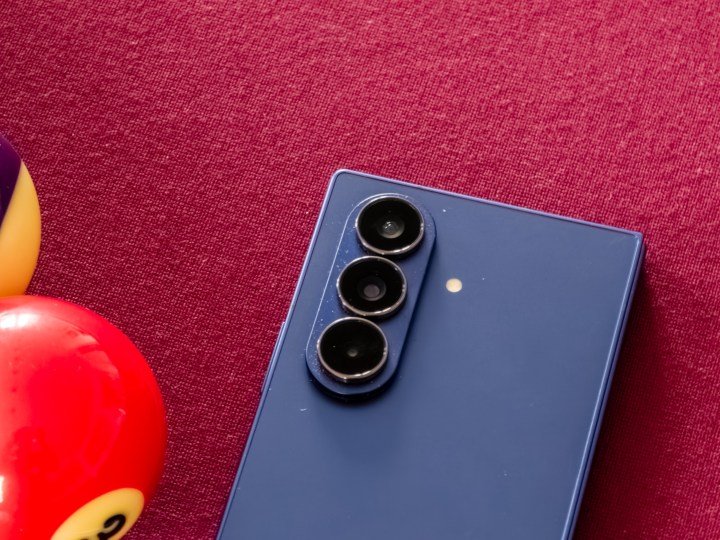
A few days after the Galaxy Z Fold 7 launch last week in New York, I visited the iconic Times Square both during the day and at night. It’s an iconic place that we’ve all seen in many photographs, and is the type of test that a regular user may subject the camera to.
I attempted to take the same photo on every phone; however, the orientation of selfies and the exact alignment of photos may vary. This test primarily compares the Galaxy S25 Ultra and Galaxy Z Fold 7, given that they share many similar characteristics. However, the iPhone 16 Pro has also been included in a few galleries below. For all the photos, we’ve compressed their size to make them suitable for web publishing, but no other edits were made.
Here’s a quick reminder of each phone’s camera specifications.
| Galaxy Z Fold 7 | Galaxy S25 Ultra | iPhone 16 Pro | |
| Wide (main) | 200MP, f/1.7, 24mm 0.6µm, PDAF, OIS | 200MP, f/1.7, 24mm 0.6µm, PDAF, OIS | 48MP, f/1.8, 24mm 1.22µm, PDAF, OIS |
| Ultrawide | 12MP, f/2.2, 120° 1.4µm, PDAF | 50MP, f/1.9, 120° 0.7µm, PDAF | 48MP, f/2.2, 13mm 0.7µm, PDAF |
| Telephoto 1 | 10MP, f/2.4, 67mm 1.0µm, PDAF, OIS 3x optical zoom | 10MP, f/2.4, 67mm 1.0µm, PDAF, OIS 3x optical zoom | 12MP, f/2.8, 120mm 1.12µm, PDAF, OIS 5x optical zoom |
| Telephoto 2 | – | 50MP, f/3.4, 111mm 0.7µm, PDAF, OIS 5x optical zoom | – |
| Selfie Camera | 10MP, f/2.2, 24mm | 12MP, f/2.2, 26mm | 12MP, f/1.9, 23mm |
Samsung also achieved its primary goal of replicating the Galaxy S25 Ultra camera experience in a foldable, as the Galaxy Z Fold 7 shares the same 200MP sensor and 3x telephoto lens as Samsung’s camera flagship. The ultrawide is not as good, but it’s the same one found in the Galaxy S25 Plus.
For years, we’ve asked Samsung to improve the cameras in its folding phones, and on paper, the Galaxy Z Fold 7 appears to deliver. However, as has been proven time and time again, there’s more to the camera than just the specs. Here’s how the camera stacks up.
200MP battle: Galaxy Z Fold 7 vs Galaxy S25 Ultra
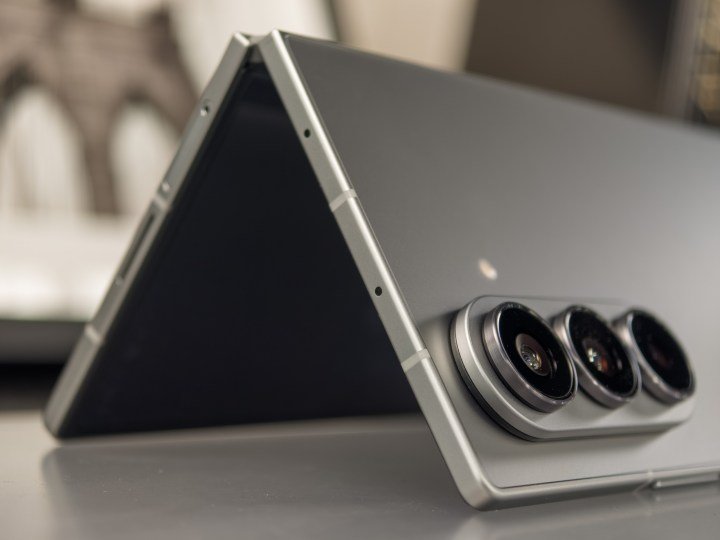
Out of the box, both the Galaxy Z Fold 7 and Galaxy S25 Ultra shoot at a 12MP resolution by default. This involves combining multiple pixels into a much larger one that allows more light to pass through and helps produce better photos, especially in low-light conditions.
The 12MP mode also ensures that you need less storage. Across hundreds of photos taken on each phone, I’ve found that 200MP photos take about ten times as much space as the 12MP photos, and the latter takes better photos overall.
That said, the 200MP resolution mode can be useful, so here’s the same photo captured on both phones. It’s worth noting that you need to keep the phone fairly stable when using the full resolution of the sensor. You can also shoot in a still-binned-but-far-less-so 50MP mode, which creates smaller pixels but produces a higher-resolution image.
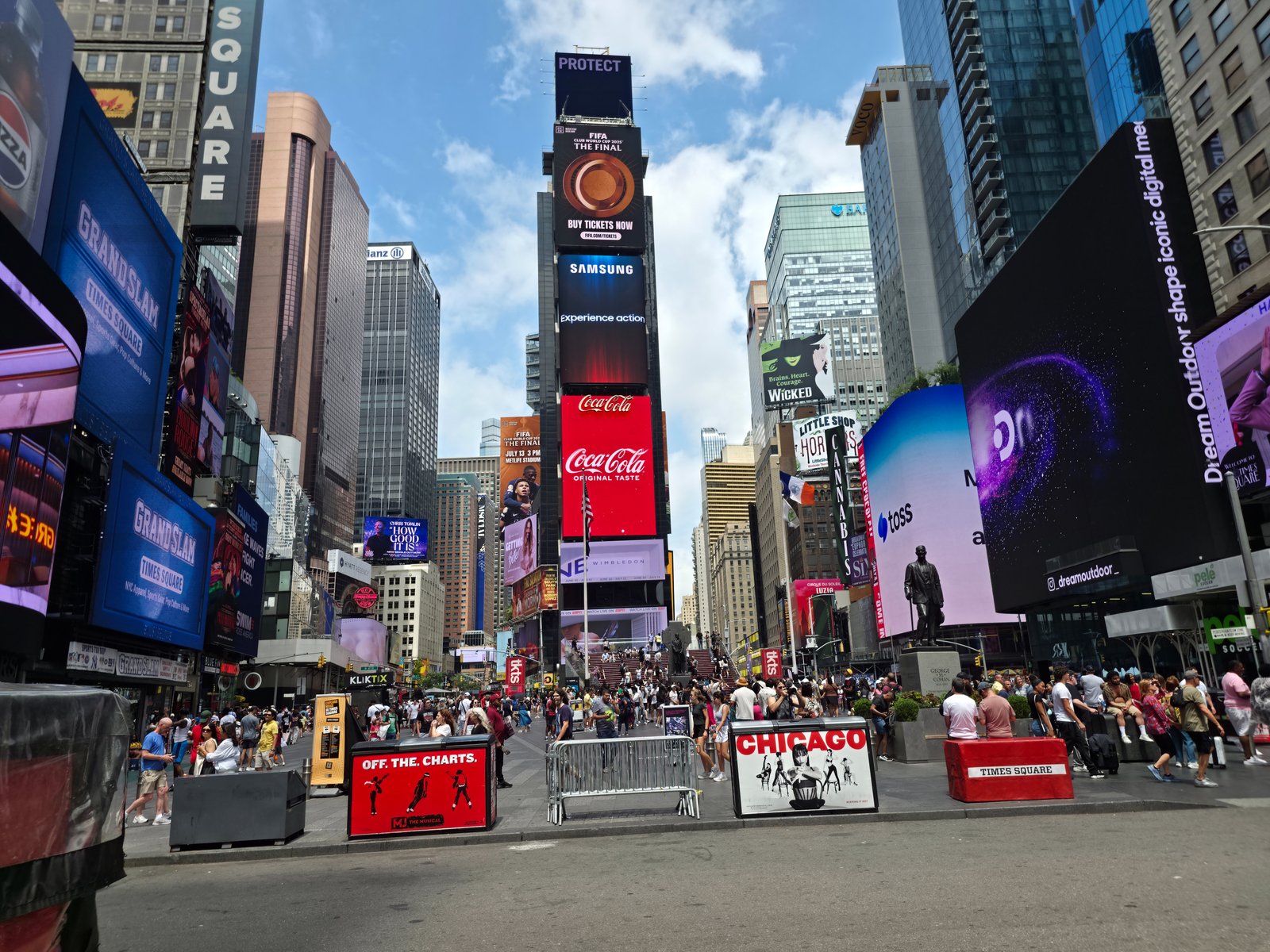
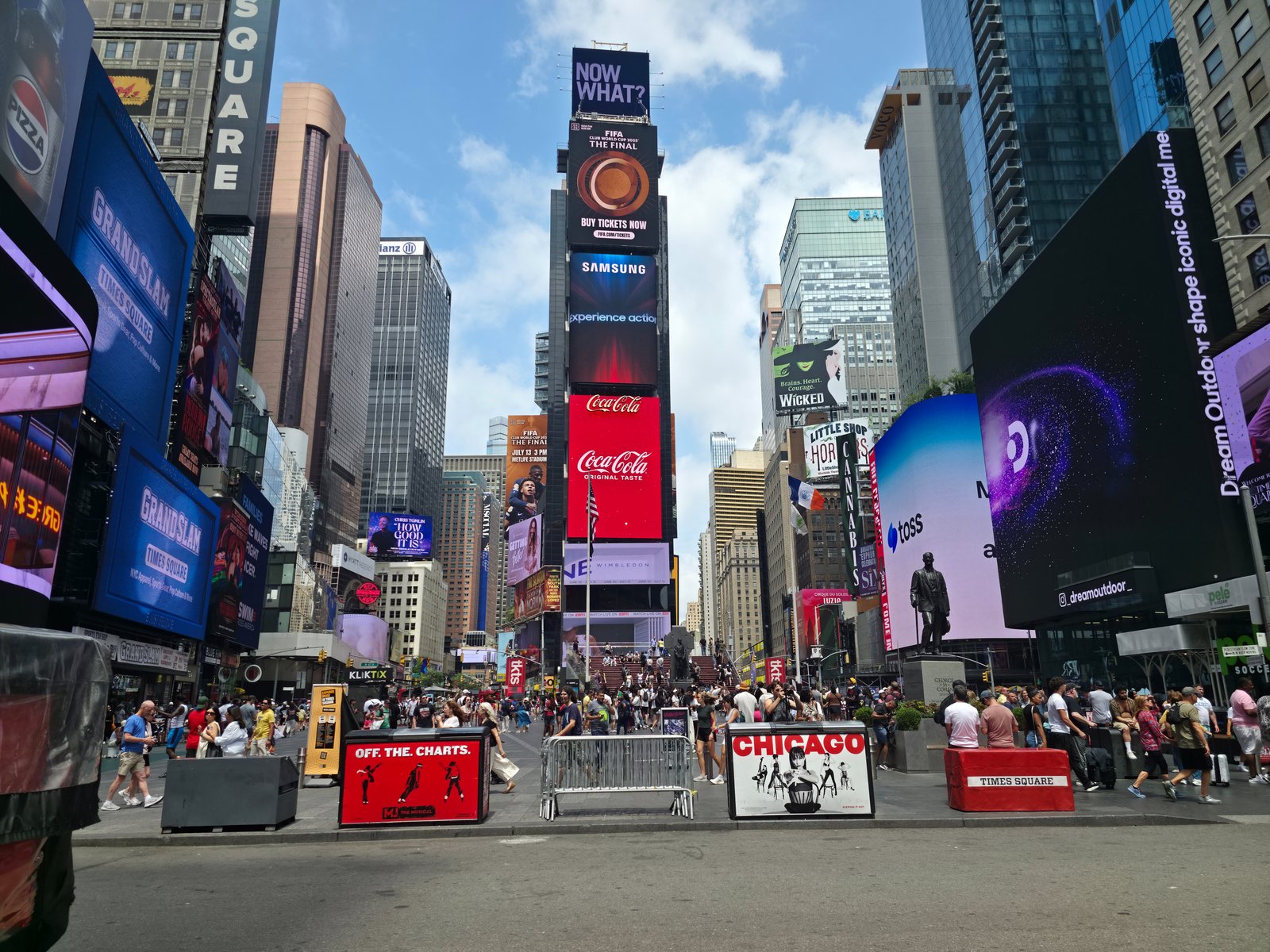
These two photos are virtually identical, but the Galaxy S25 Ultra focuses on the scene directly in front of the camera at the expense of the periphery, while the Galaxy Z Fold 7 does the opposite. This is likely due to differences in framing, so overall, these two images are essentially the same.
Galaxy Z Fold 7 vs S25 Ultra vs iPhone 16 Pro Camera Test
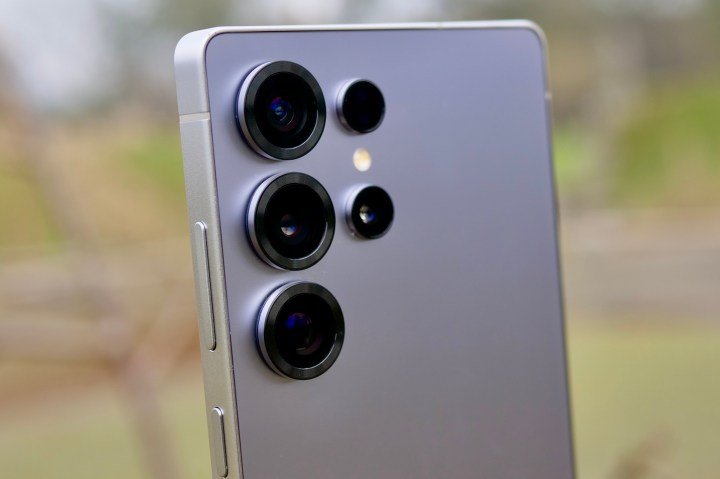
Now that we’ve got that out of the way, let’s take a look at how the main camera performs in both daylight and low-light conditions across all three phones. This is after ensuring the Galaxy Z Fold 7 and S25 Ultra are set to the default 12MP capture mode, which restores the pixel-binning feature necessary for optimal low-light photos. The iPhone stayed in its default 12MP pixel-binned mode throughout the test.
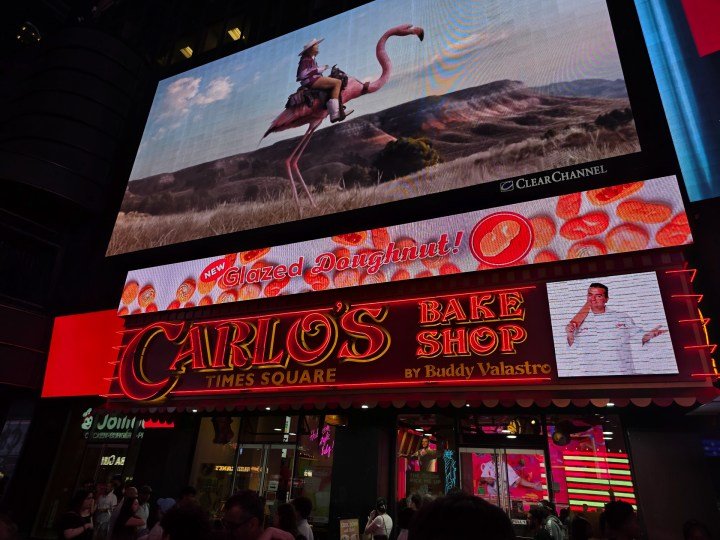
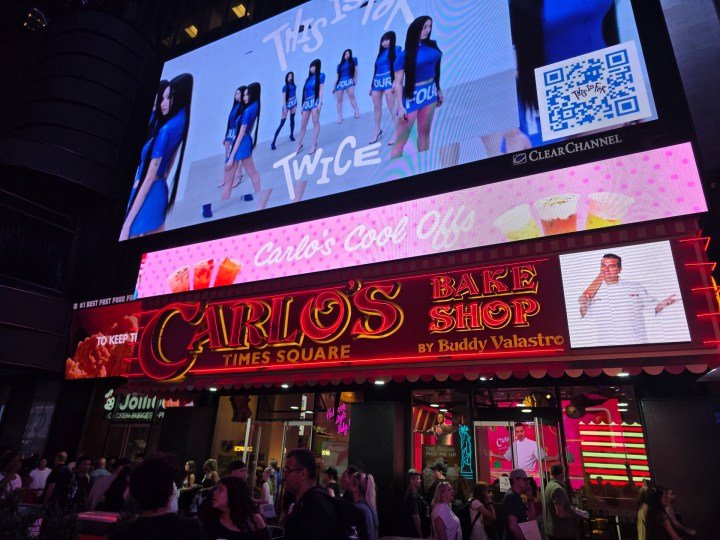
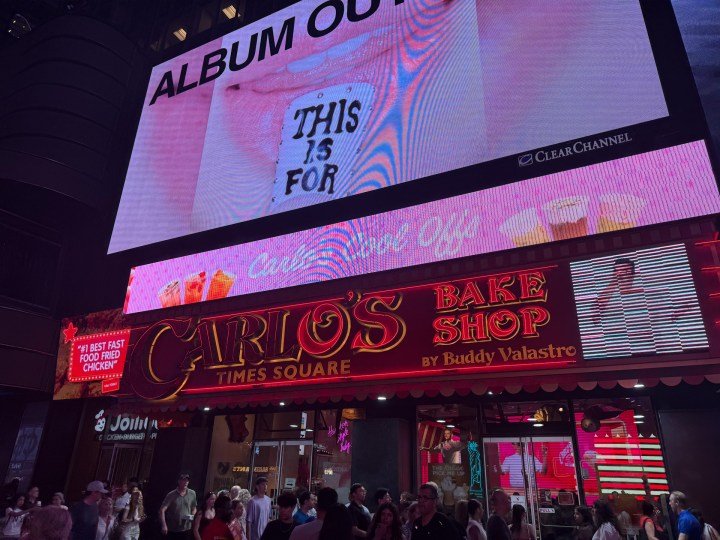
In this photo of the iconic Carlo’s Bakery (albeit not the original), the Galaxy Z Fold 7 captures my favorite photo. It seems less bothered by the LED boards than the competition, despite the tap-to-focus point being almost identical. The iPhone 16 Pro and Galaxy S25 Ultra are a fairer comparison, with Samsung winning as it processes conflicting light sources better than Apple.
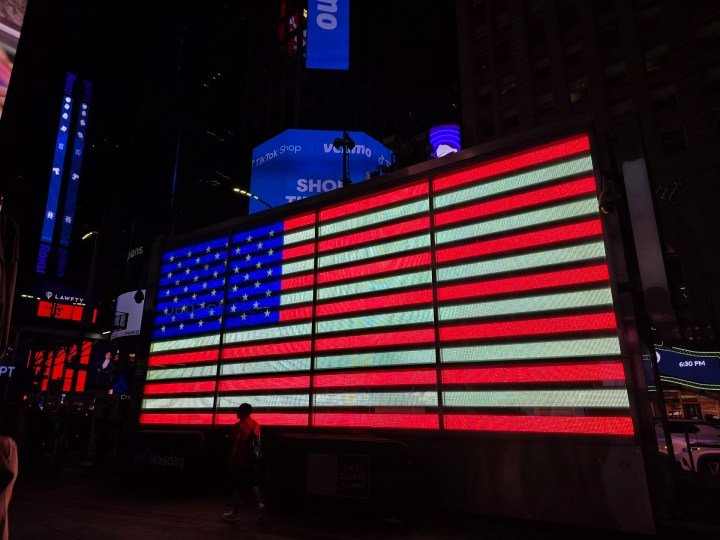
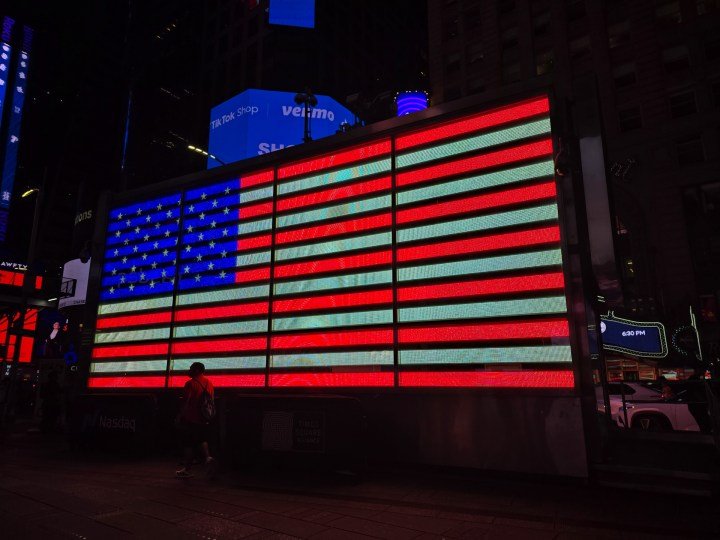
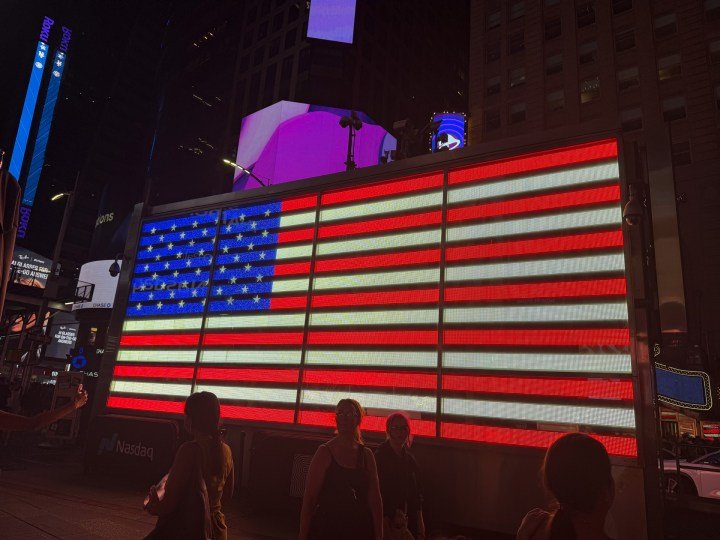
The iPhone appears a little washed out here, and it’s not related to the camera lens being dirty. I’ve noticed that the iPhone can suffer from lens flare in the presence of bright light, which appears to be the case here. The Galaxy S25 Ultra vs the Galaxy Z Fold 7 is a much closer fight, and the S25 Ultra wins as the Galaxy Z Fold 7 suffers from more rolling shutter. This is when I first noticed a trend that would continue.
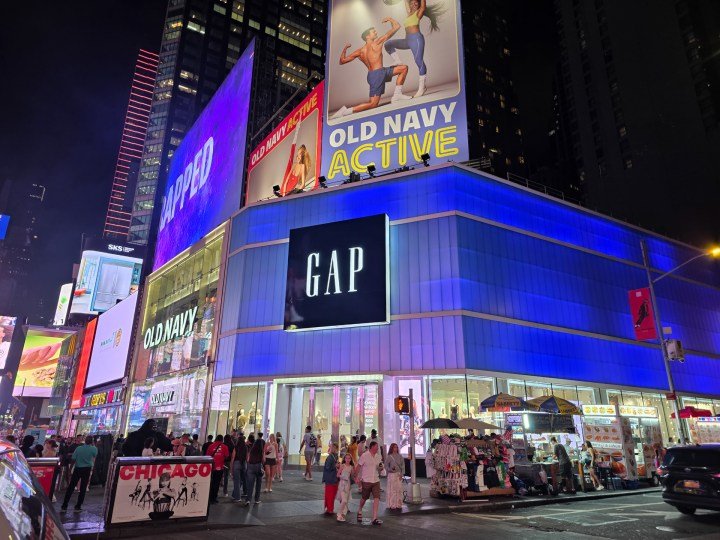
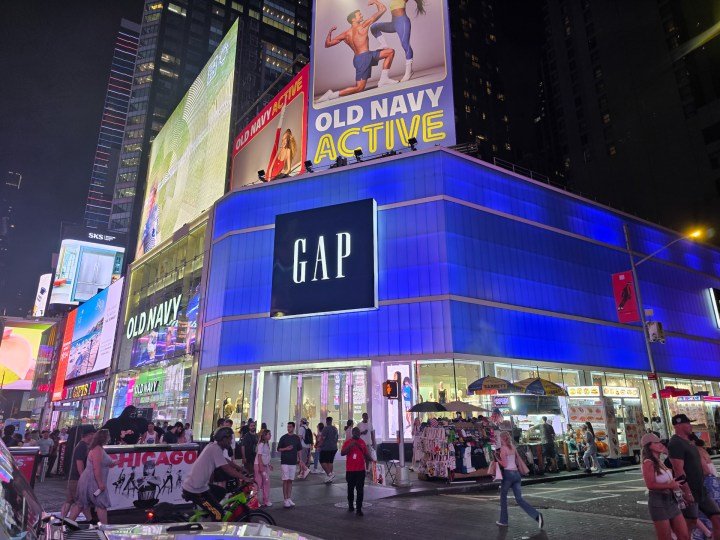
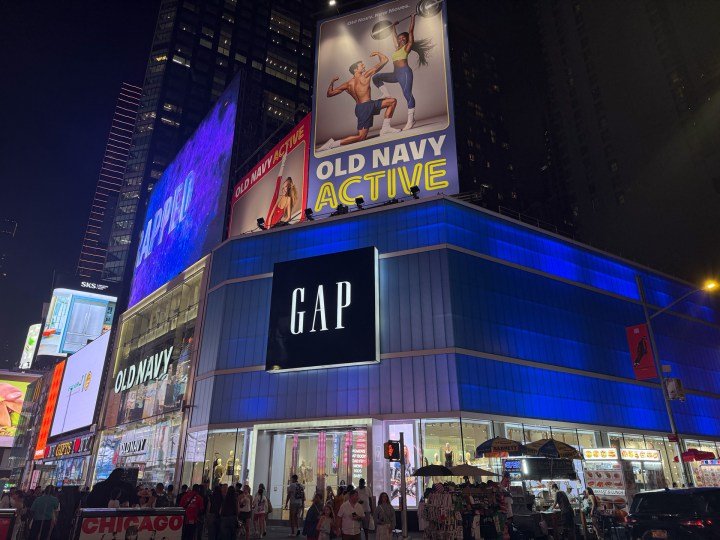
There are differences in the board to the left of the sign, but this is nonetheless an interesting test that aims to demonstrate how each phone would handle a random photo you might take. The Galaxy Z Fold 7 handles the conflicting light fairly well, and while the Galaxy S25 Ultra appears to be the best thanks to the blue, it’s completely missing the little hints of pink in the original scene. The Galaxy Z Fold 7 wins this one.
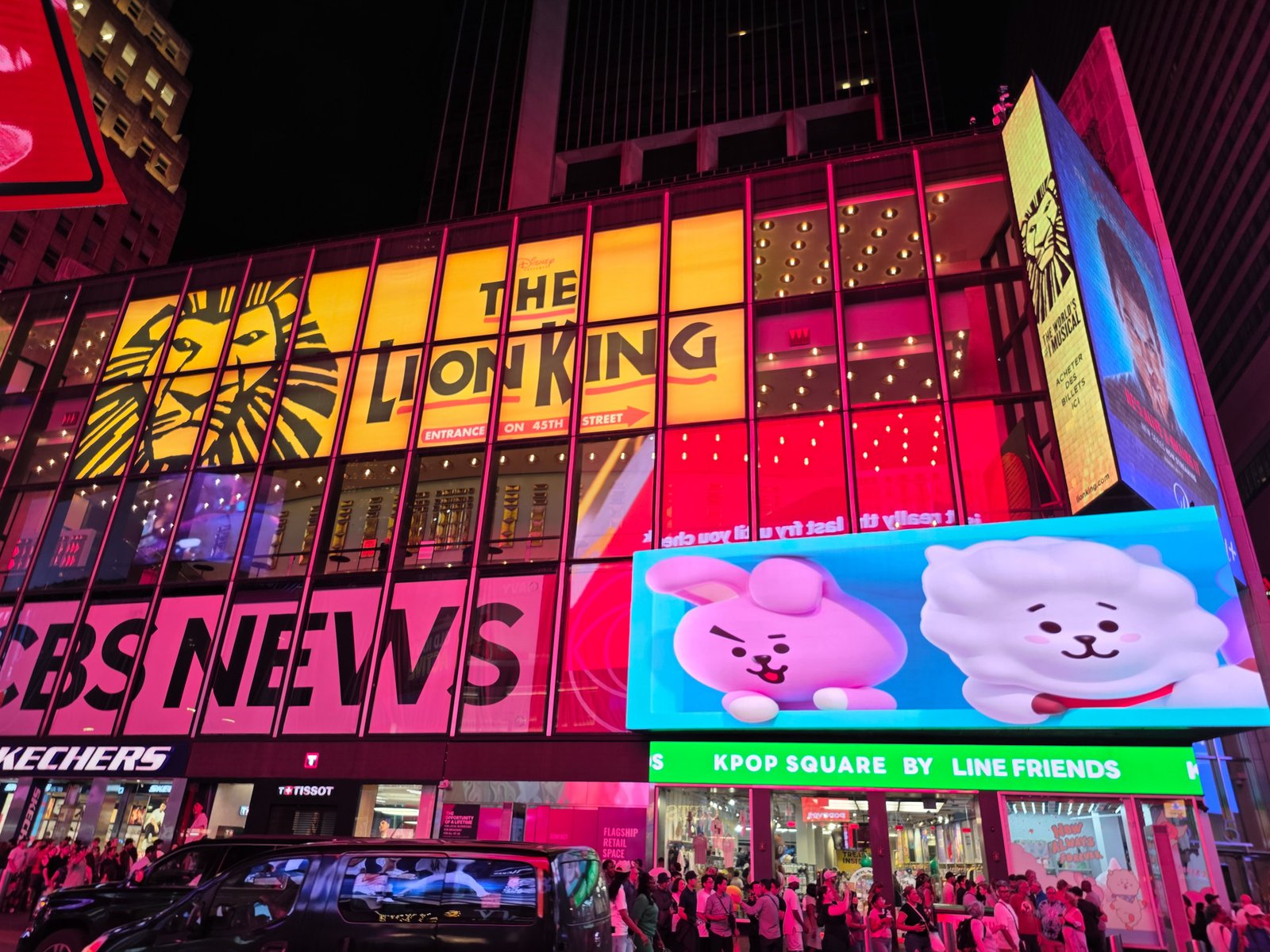
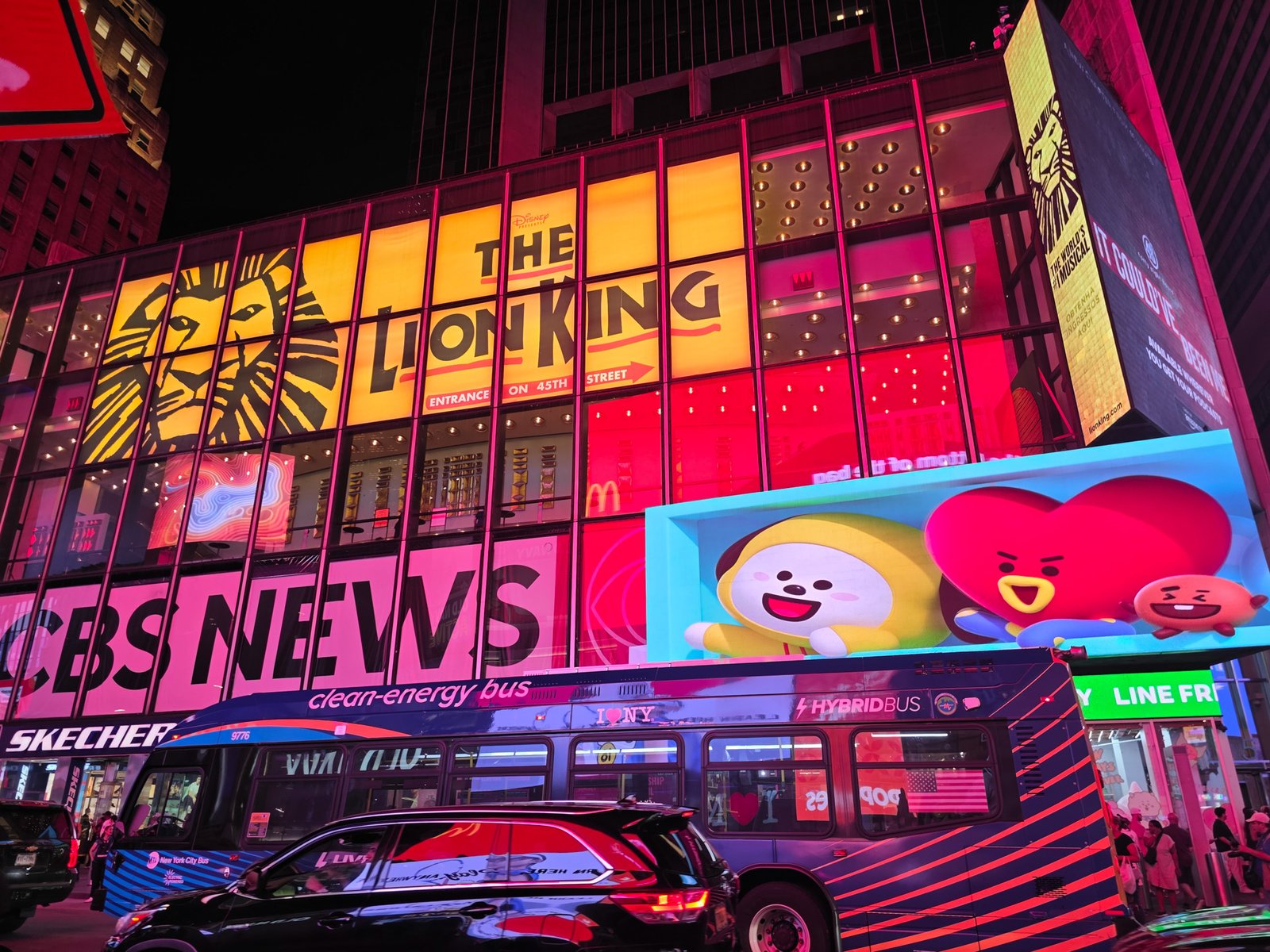
Here’s the first scene without an iPhone 16 Pro sample (mainly as these phones were tested on four different occasions, and the iPhone wasn’t always available). There’s little difference between the two photos, and it’s a scene that reaffirms my initial impression that the Galaxy Z Fold 7 camera is the same as the S25 Ultra. The latter has slightly richer colors in the Lion King sign, but we can chalk this up to the different billboard content.
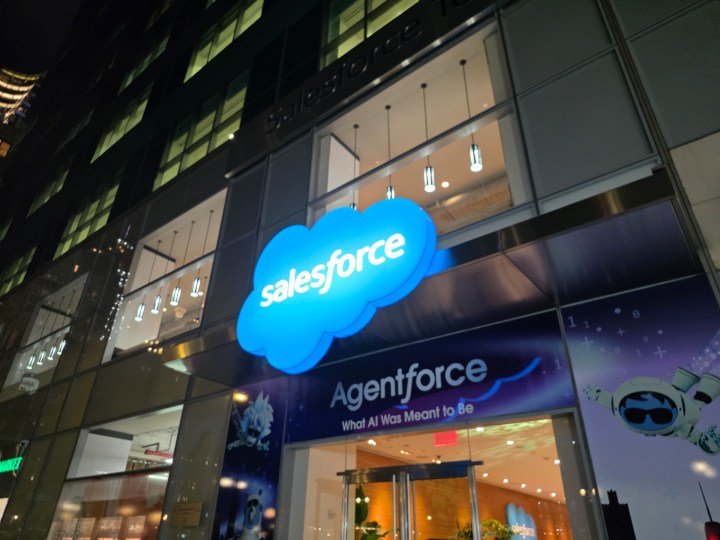
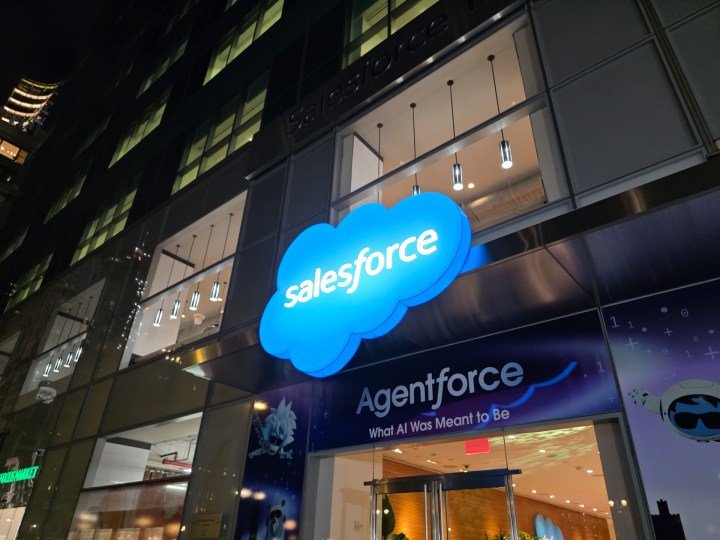
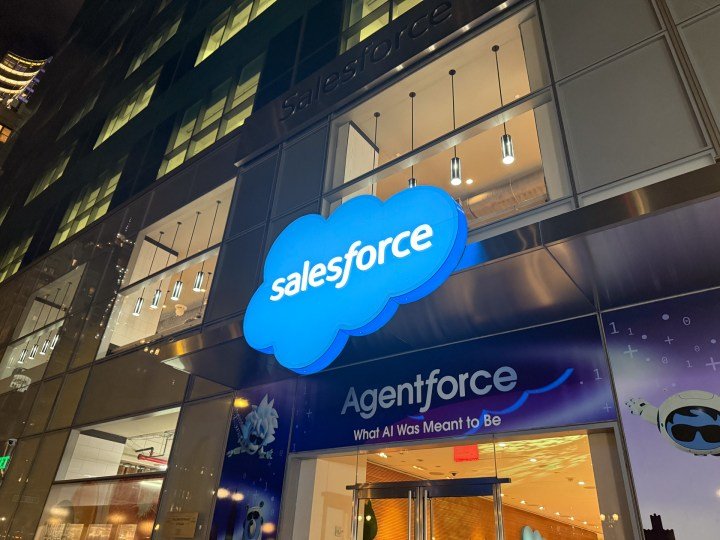
The Galaxy Z Fold 7 is a little blurry, as this was one of a few moments with a slight lag between pressing the camera shutter button and the phone capturing the photo. The iPhone’s warmer photo is much more pleasing here, whereas aside from the motion blur, the Galaxy S25 Ultra and Galaxy Z Fold 7 capture similar photos.
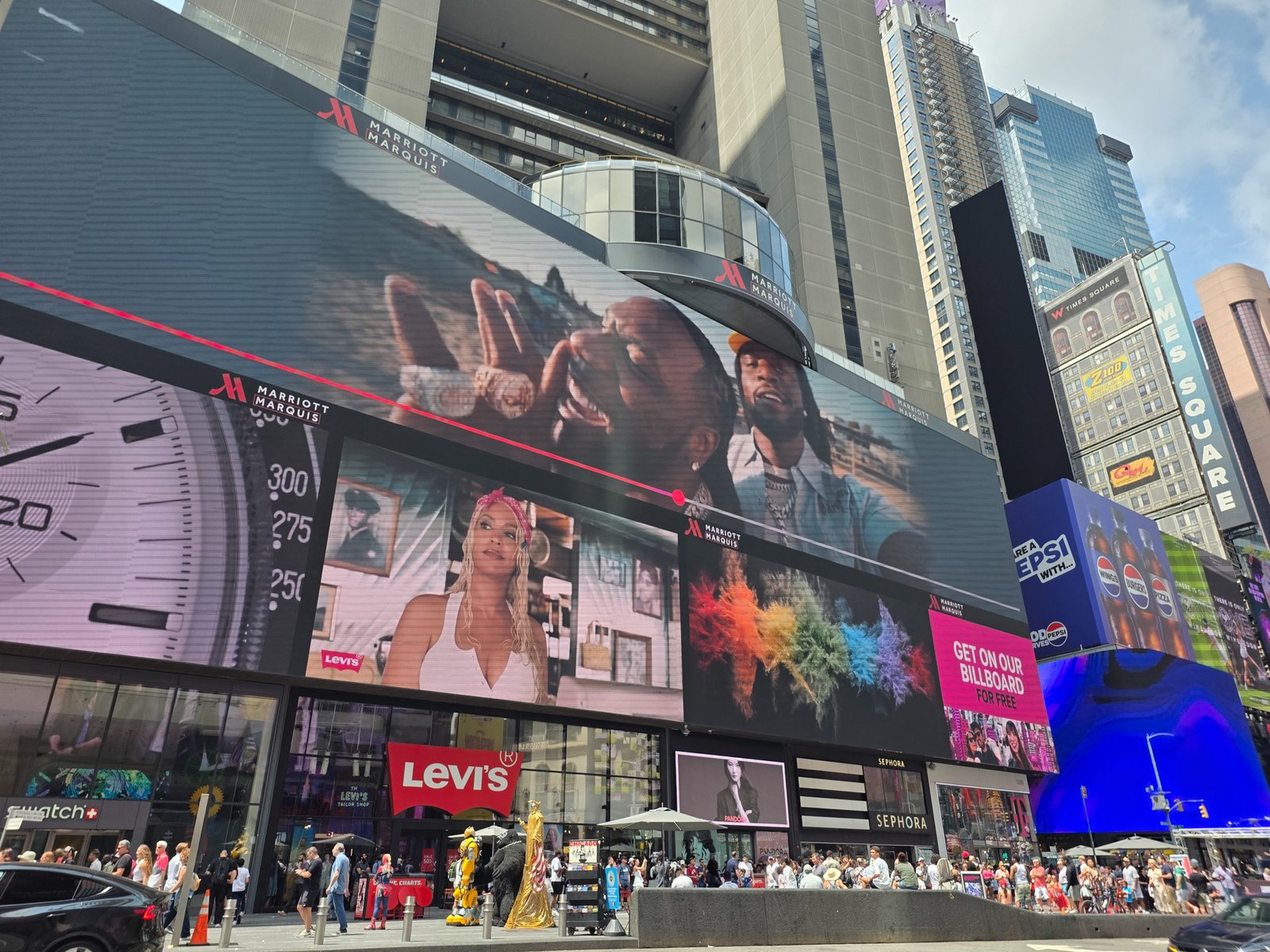
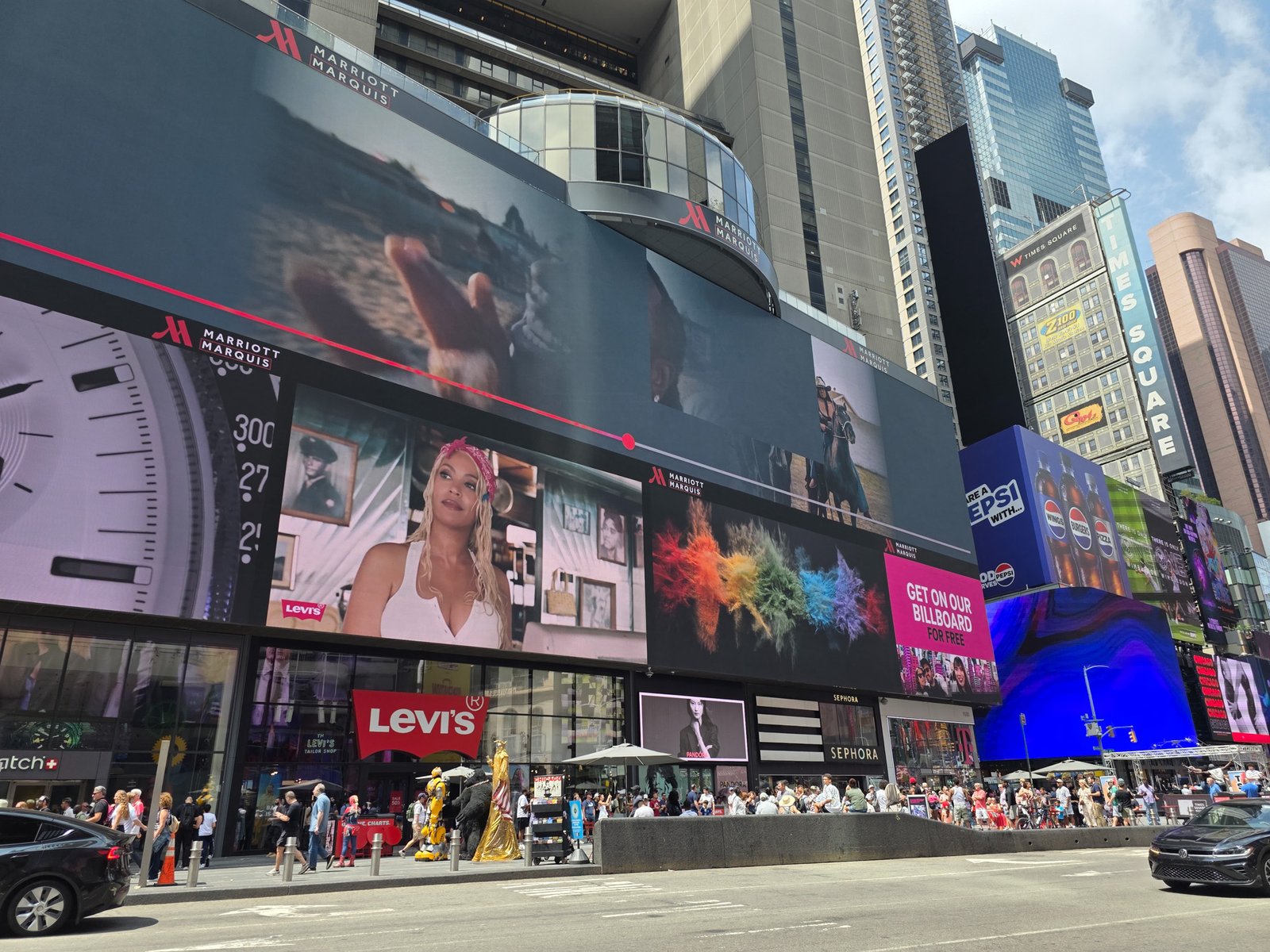
It took four attempts to capture this photo, as the Galaxy Z Fold 7 photos usually had slight or severe rolling shutter. This is a problem that’s fairly common on all phones, but is more pronounced on the Galaxy Z Fold 7 than the S25 Ultra. That said, the photos are otherwise fairly similar, and spotting the difference would be a case of splitting hairs.
Galaxy Z Fold 7 vs S25 Ultra vs iPhone 16 Pro Zoom Test
The Galaxy Z Fold 7’s main camera lives up to its billing, as it performs as well as the Galaxy S25 Ultra in most of our tests. Both phones also share the same 3x telephoto lens, but the Galaxy S25 Ultra has the added benefit of a secondary telephoto lens that offers 5x optical zoom. What about the iPhone 16 Pro, which also offers 5x optical zoom and can zoom to 25x?
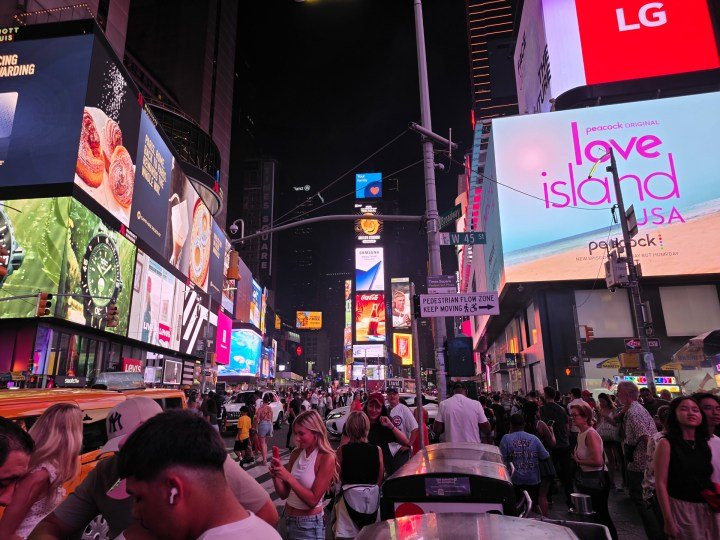
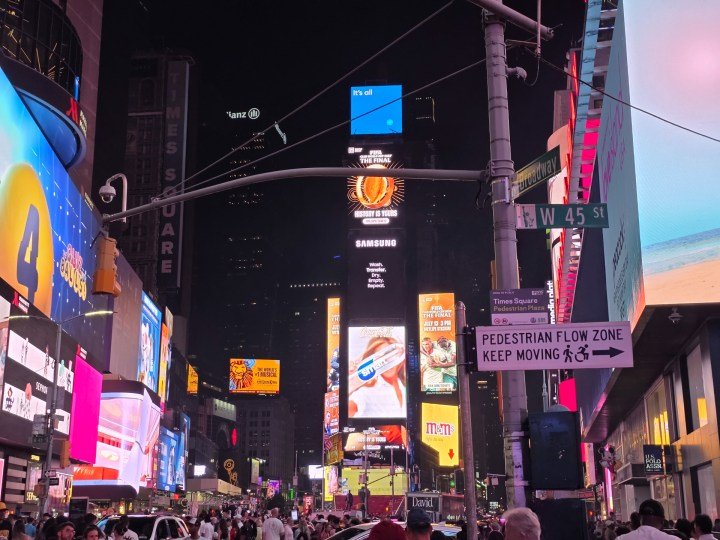
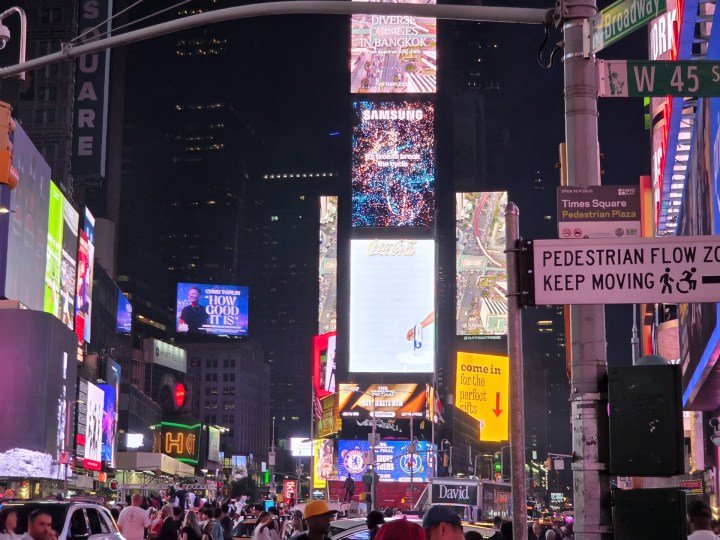
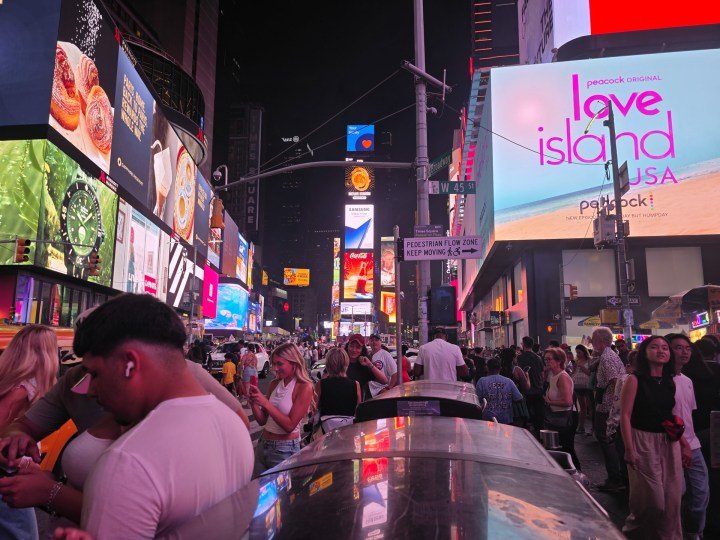
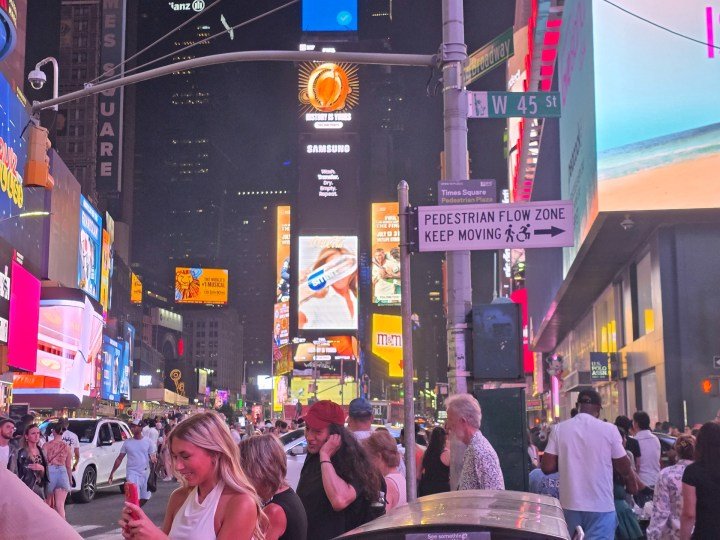
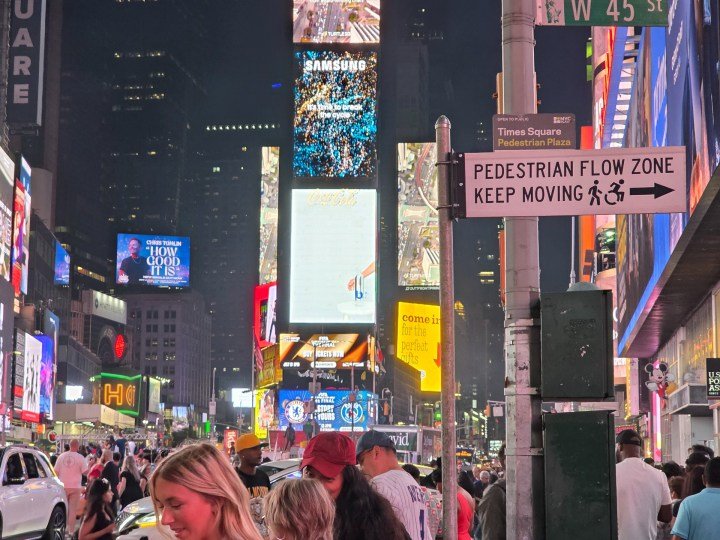
This is a surprising test, as the Galaxy Z Fold 7 outperforms the Galaxy S25 Ultra. Details are sharper in the 1x and 2x camera samples, while both have the same challenge: a blown-out board when using the 3x telephoto lens. Both phones use the same processor — the Snapdragon 8 Elite for Galaxy — and the same Samsung ISOCELL HP2 200MP sensor. Therefore, the improved performance is likely due to the Galaxy Z Fold 7 utilizing a newer, smaller, and more fine-tuned version of the 200MP camera module.
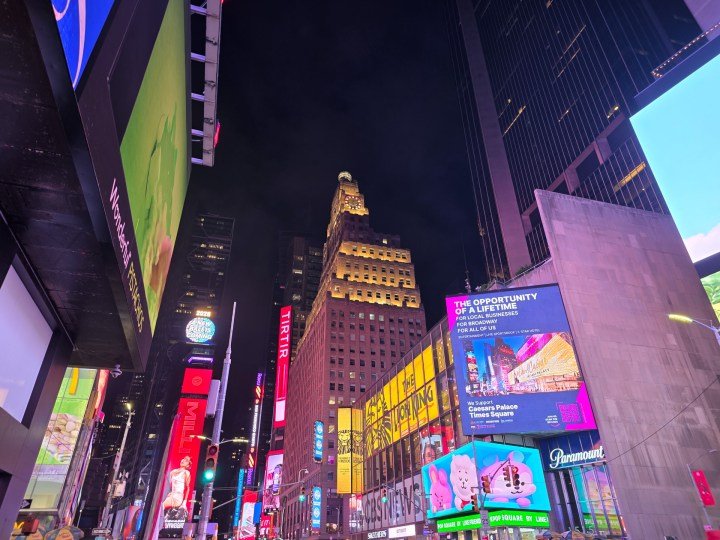

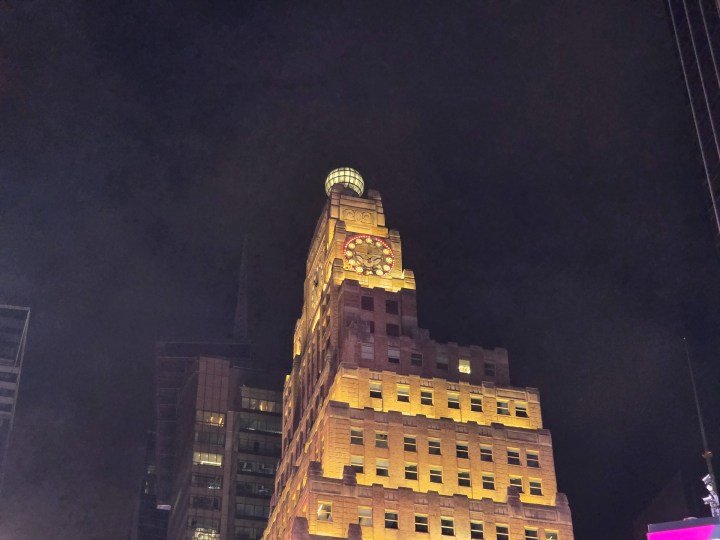
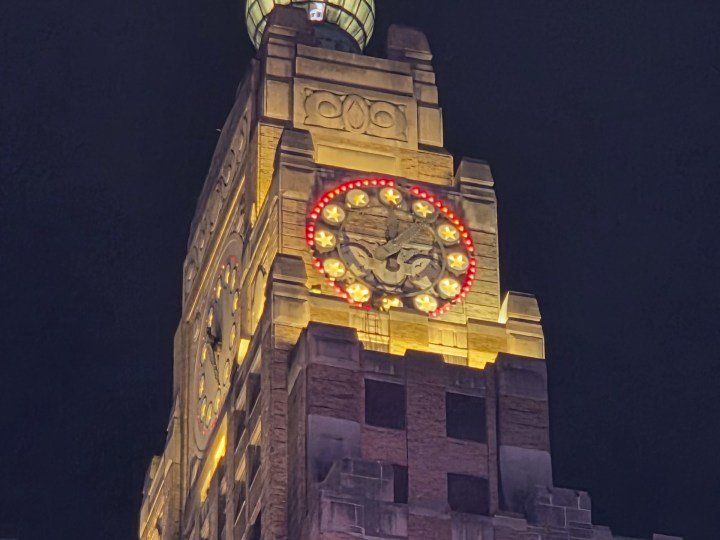
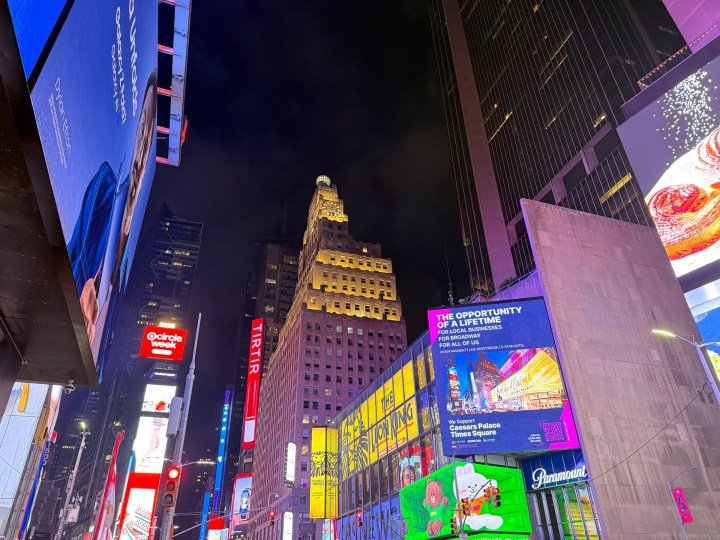
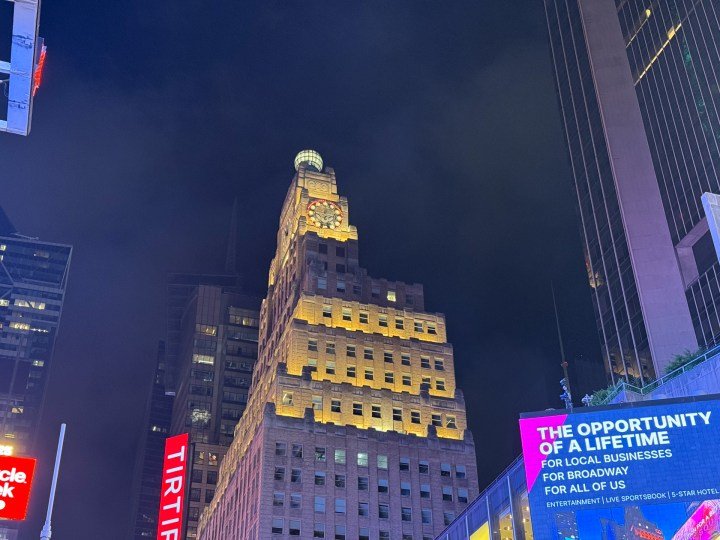
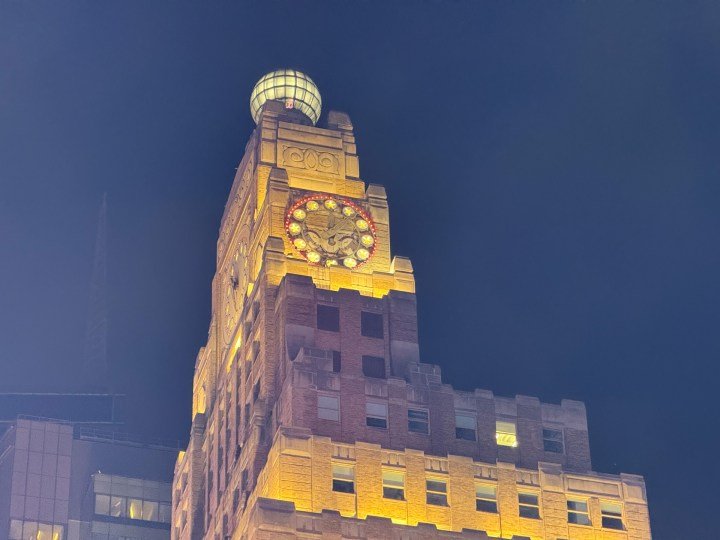
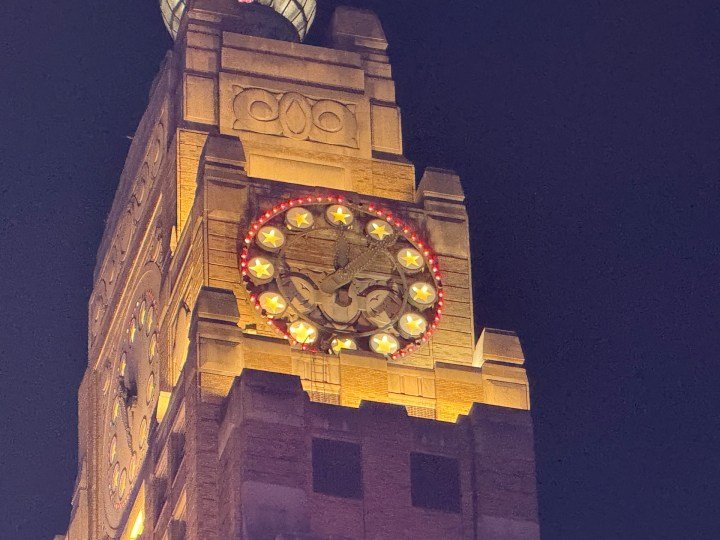
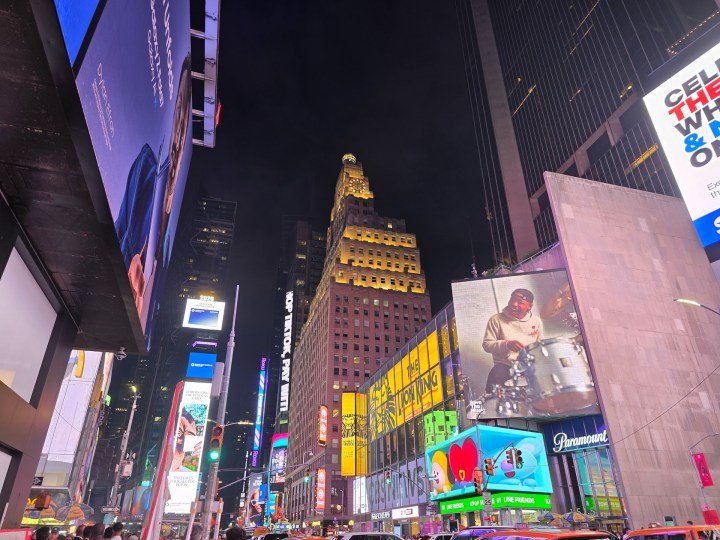
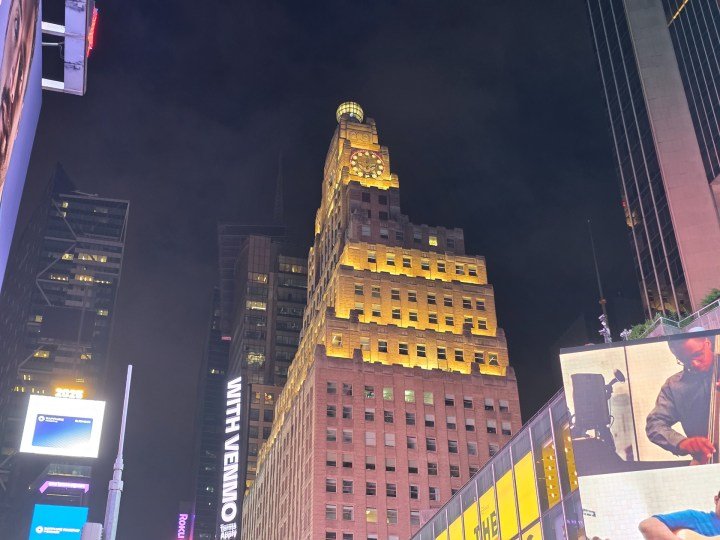
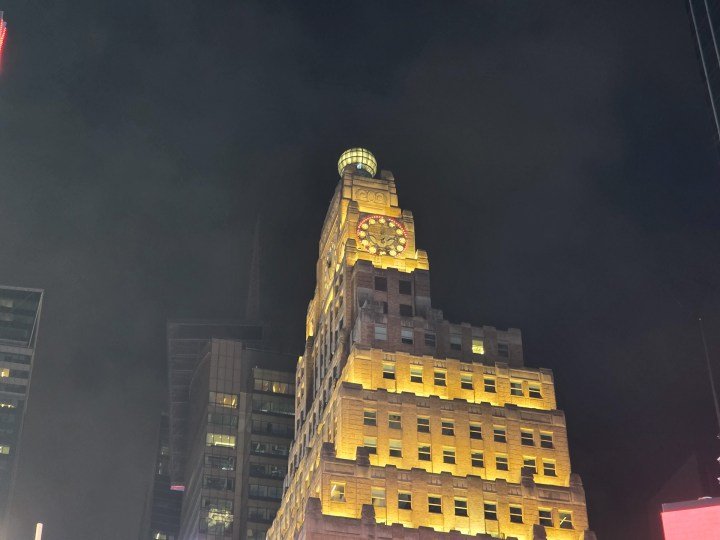
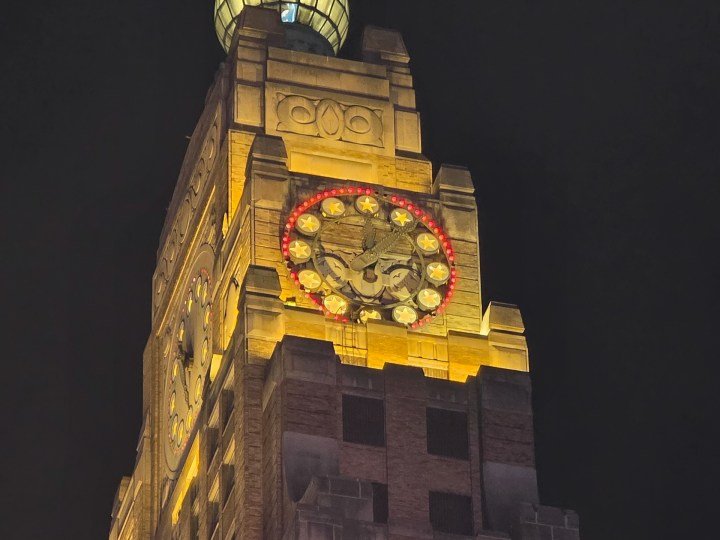
What about the iPhone? How does its zoom compare to the Galaxy Z Fold 7? First, the iPhone surprised me with its 10x quality, especially as Apple isn’t renowned for its zoom performance beyond the optical zoom.
Unsurprisingly, the Galaxy Z Fold 7 performs the worst at the 10x mark, and although it has the same color science as the Galaxy S25 Ultra, the photos are considerably noisier.
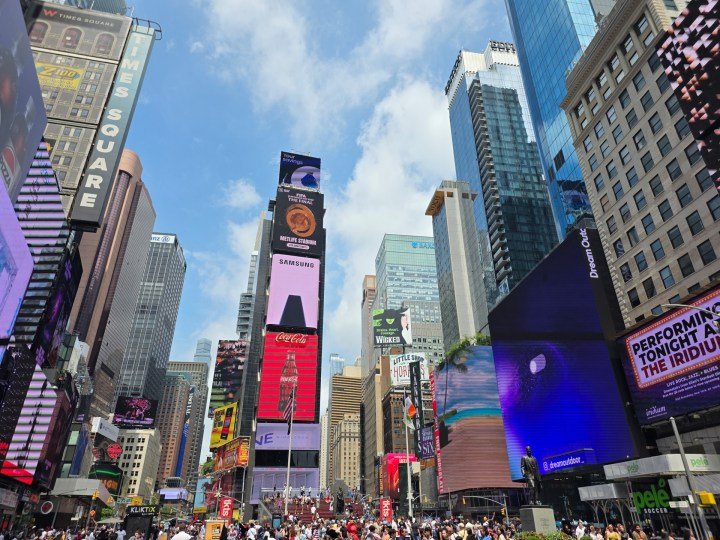
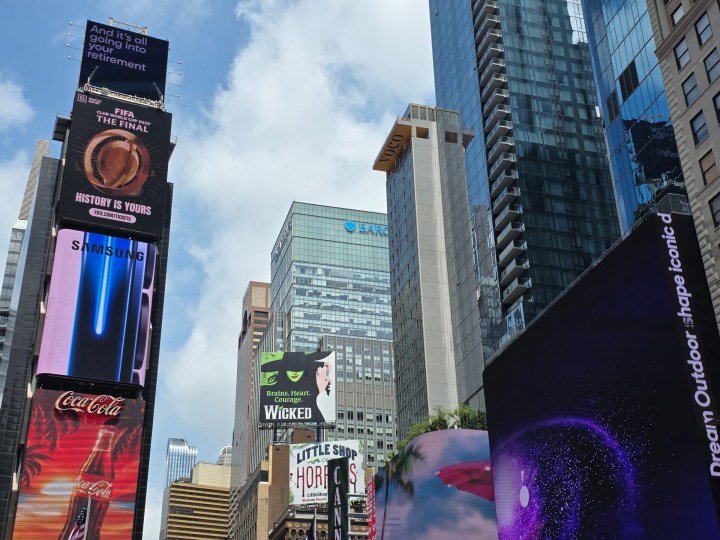
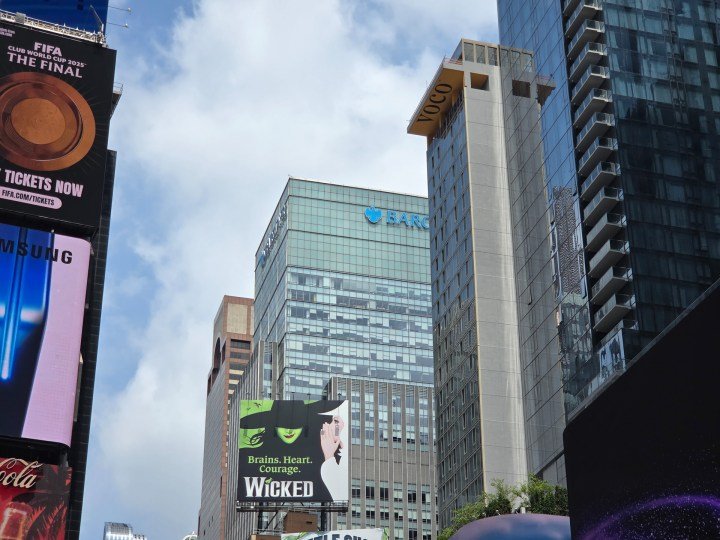
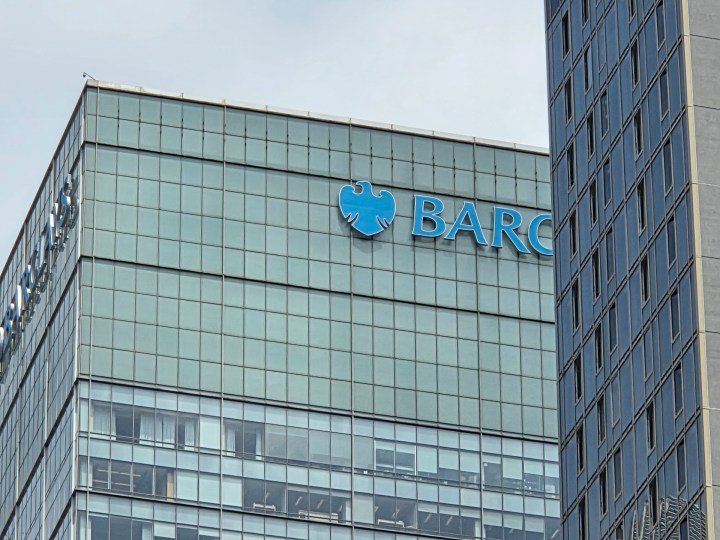
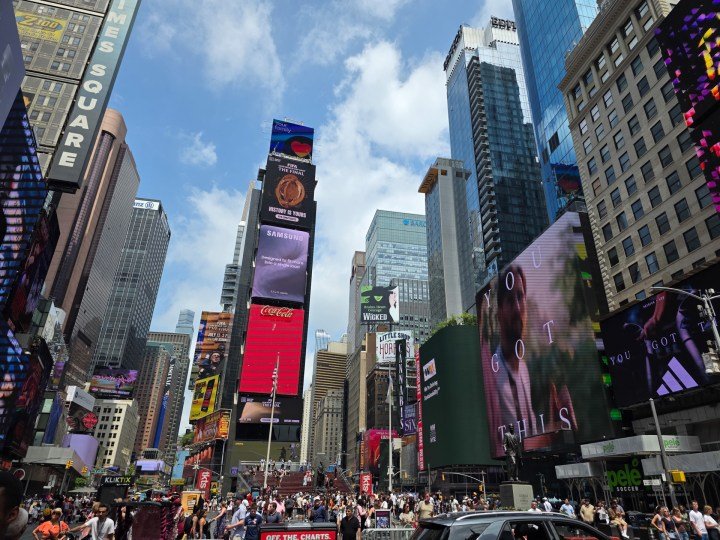
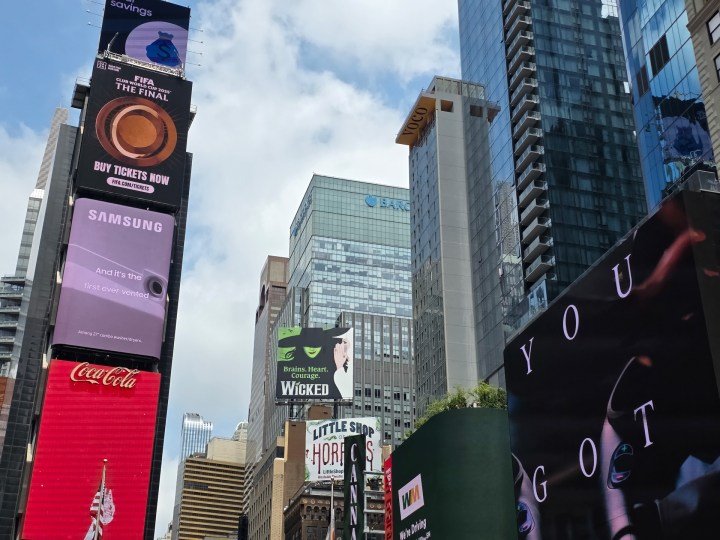
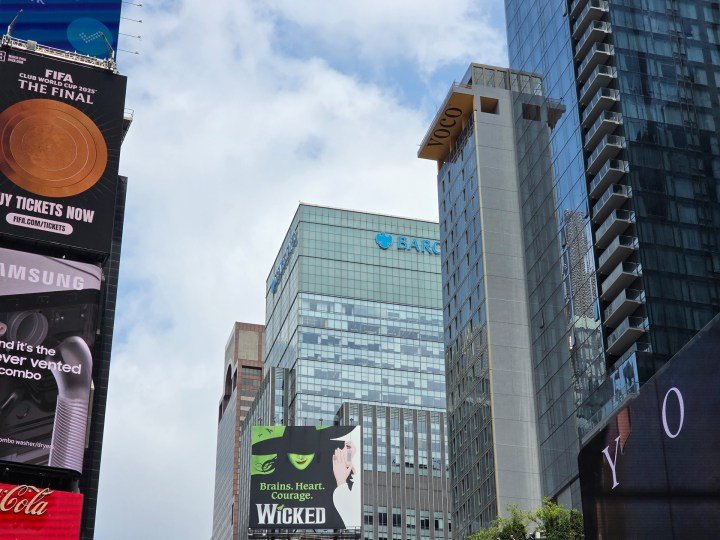
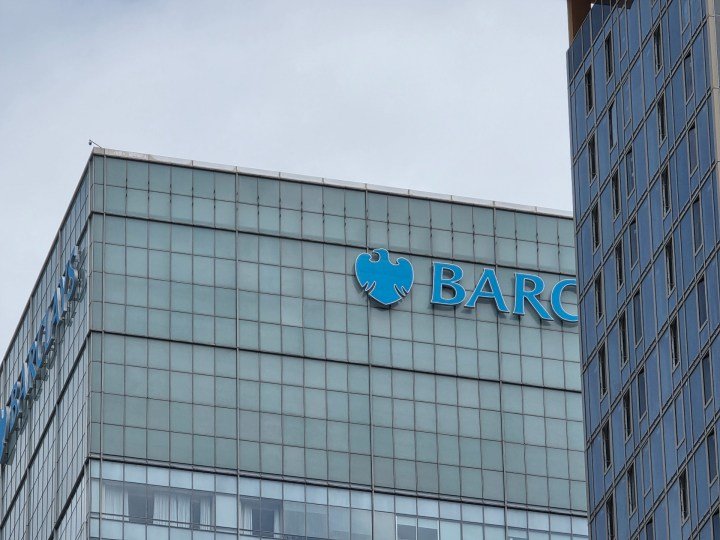
This is another test that demonstrates the Galaxy Z Fold 7’s capability at up to 3x zoom, but reveals its limitations beyond this point. The photos at 10x and 30x aren’t that noisy on the Galaxy Z Fold 7, but the Galaxy S25 Ultra’s photos are considerably better.
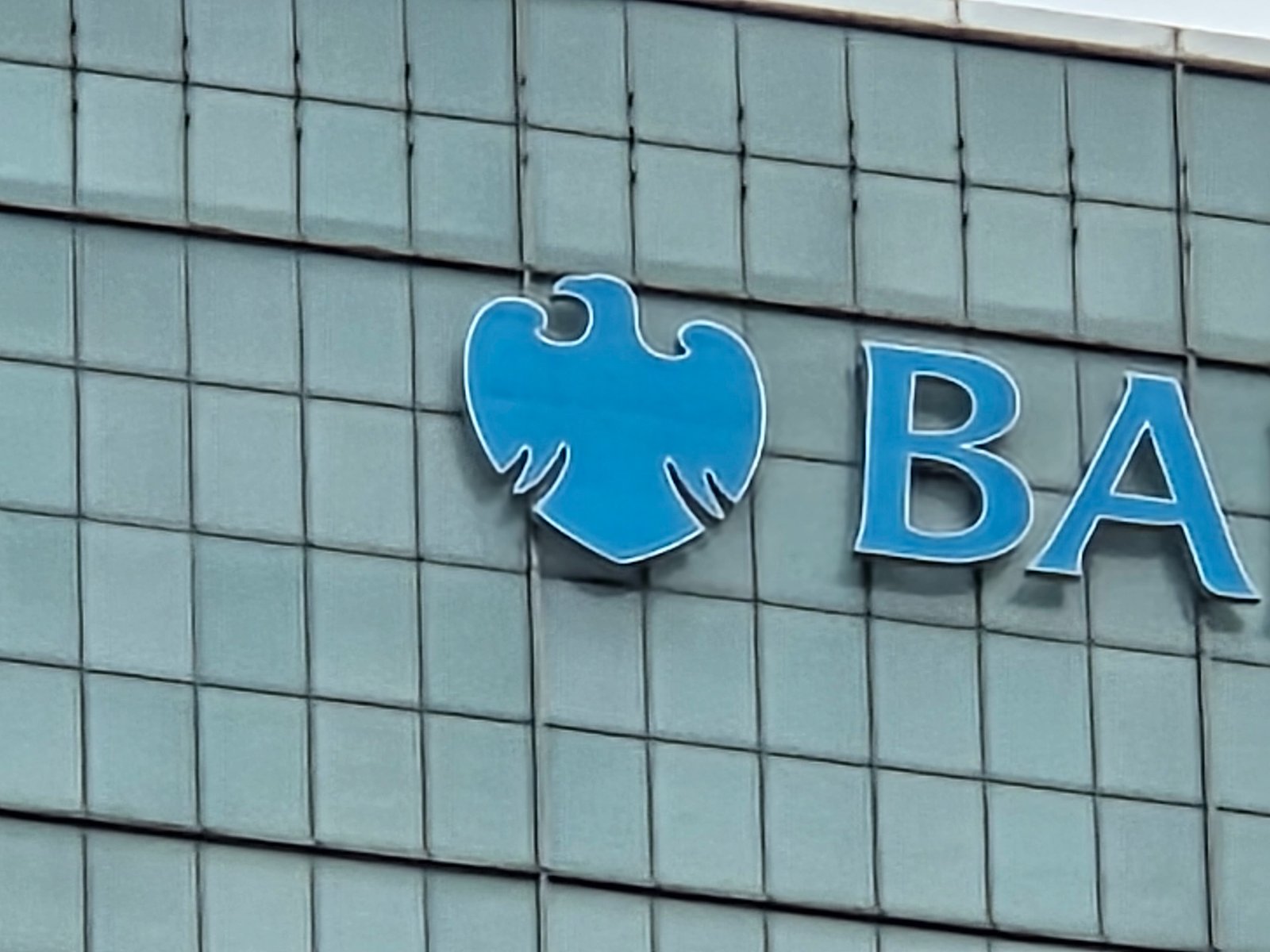
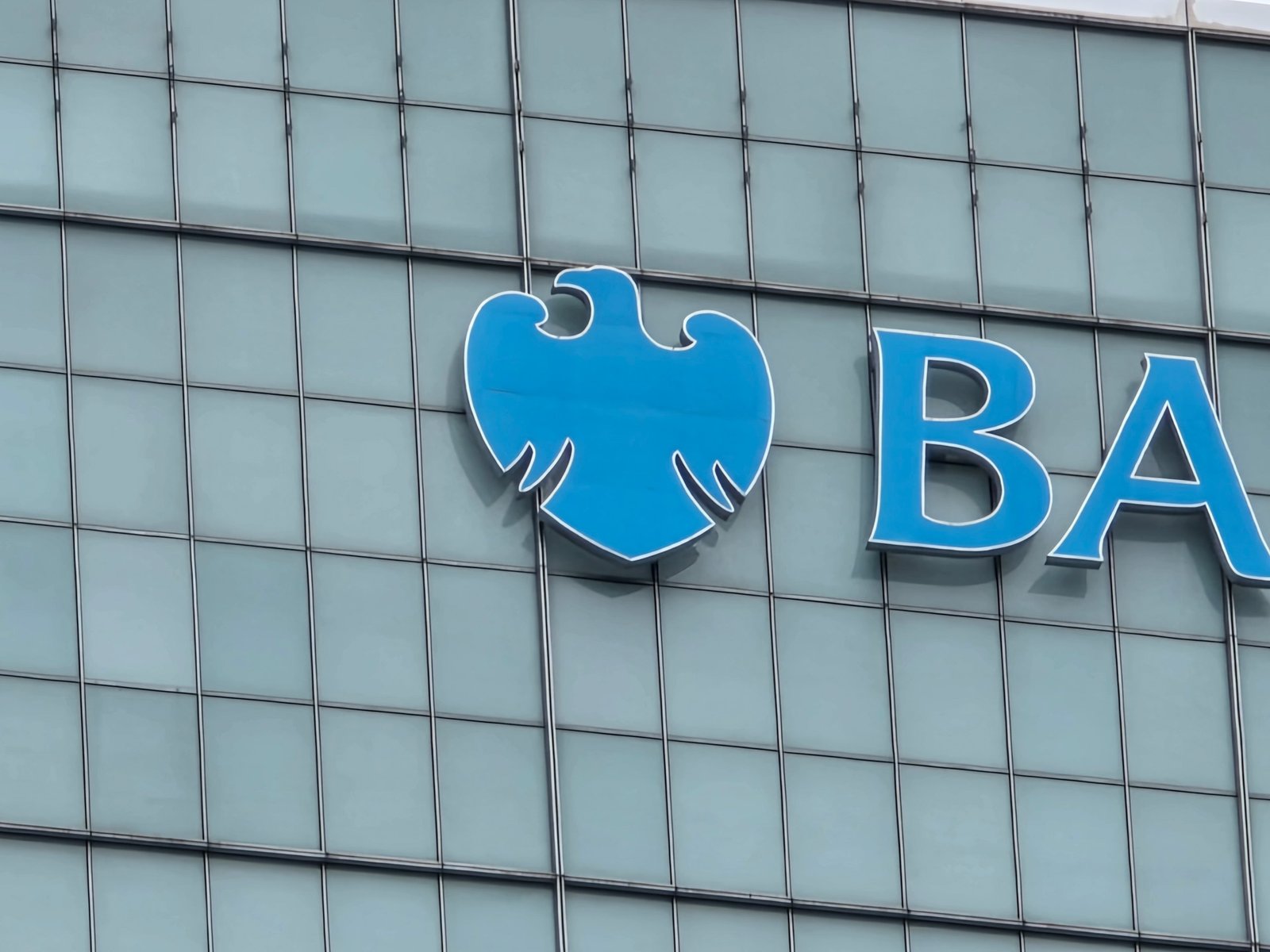
This image shows the difference at the 30x zoom, and it has me considering what a future folding phone could be like if it had the same four cameras as the Galaxy S25 Ultra. The Galaxy Z Fold 7 image is usable, but the Galaxy S25 Ultra photo is sharp and fantastic.
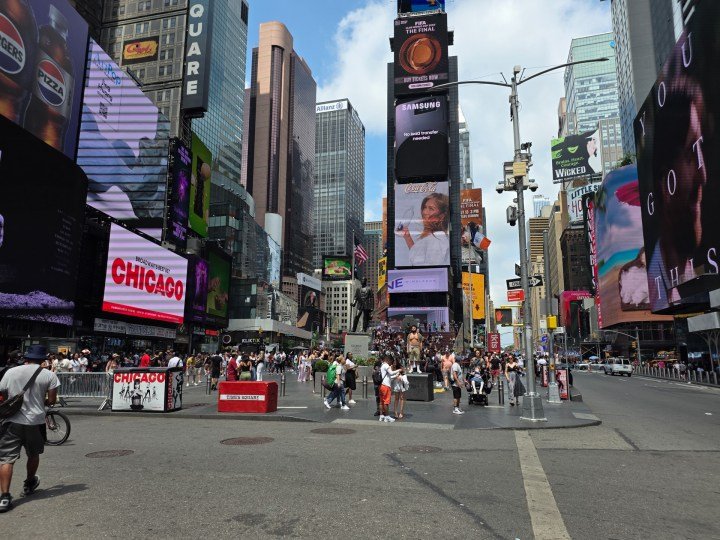
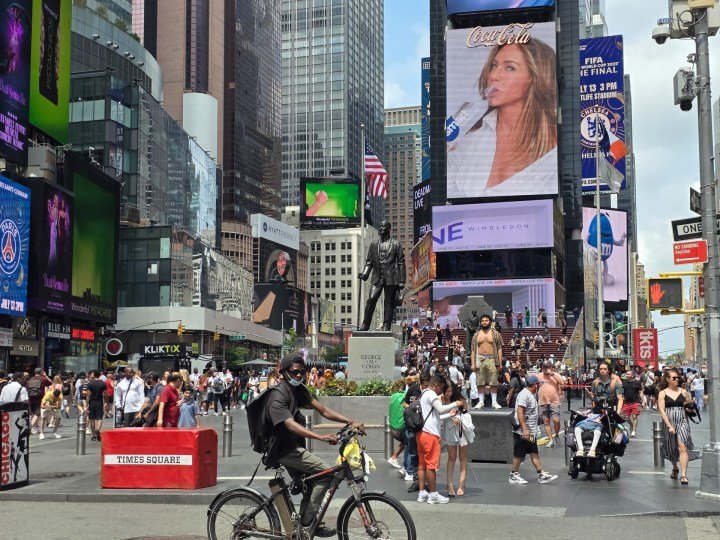
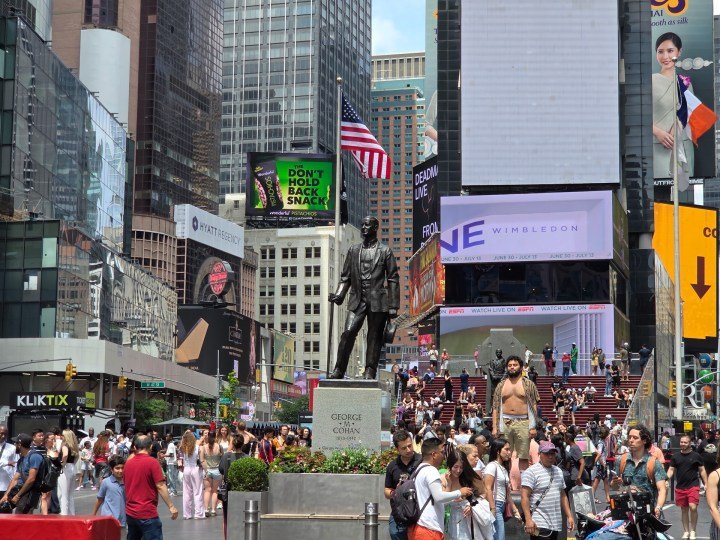
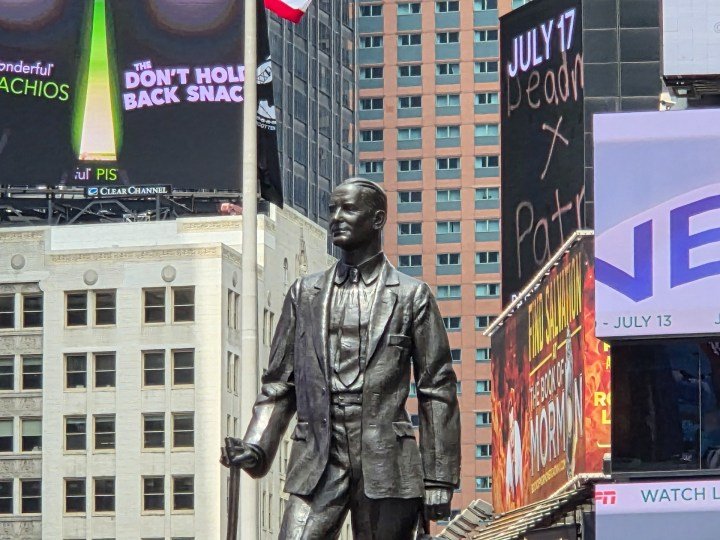
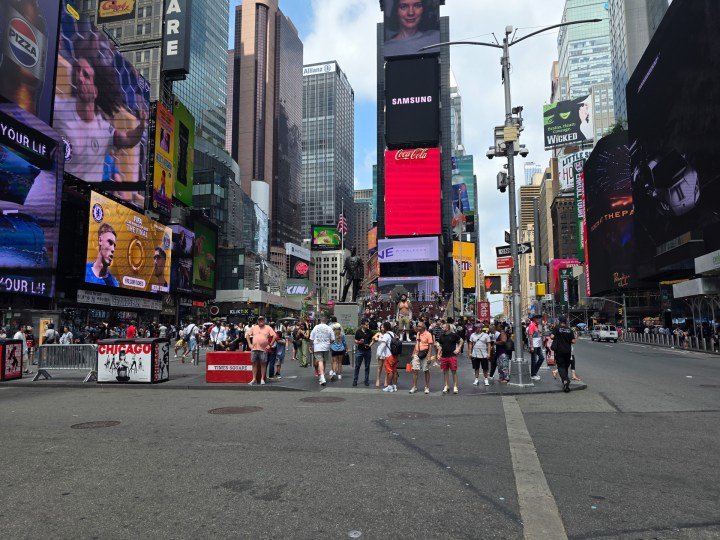
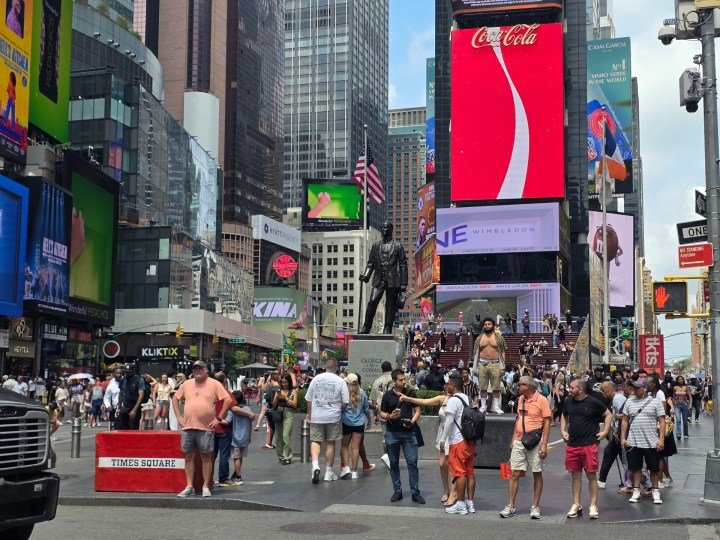
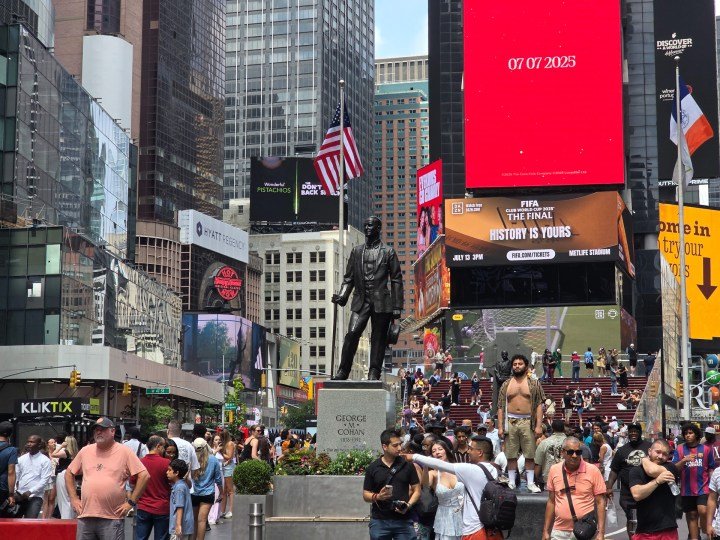
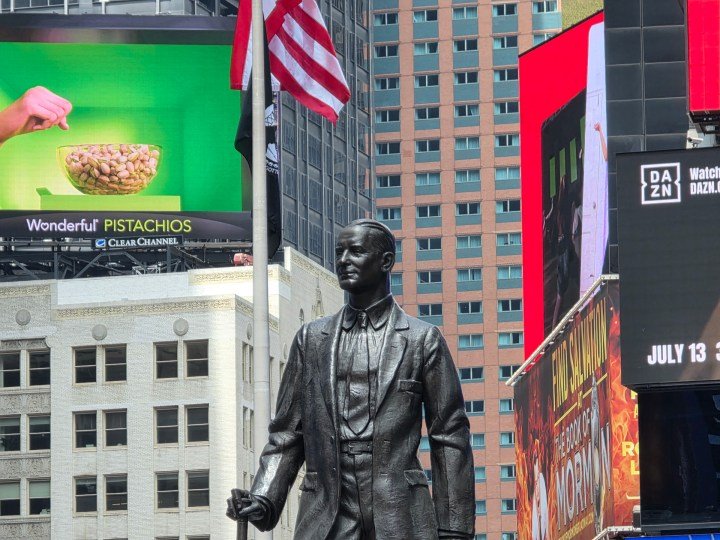
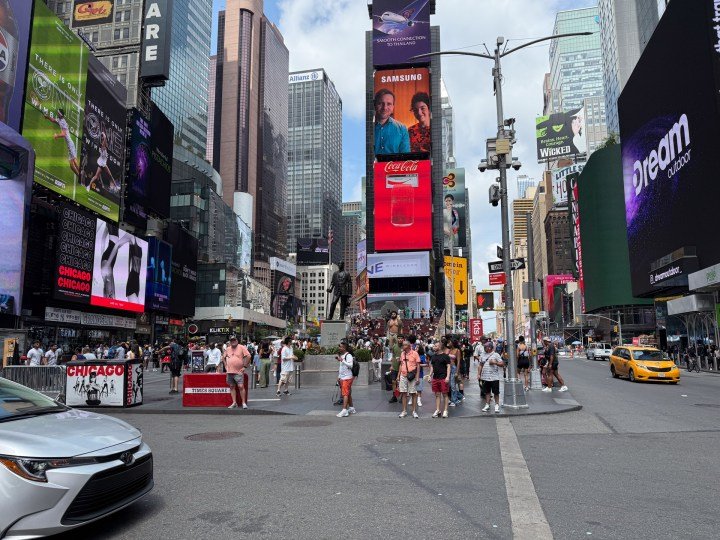
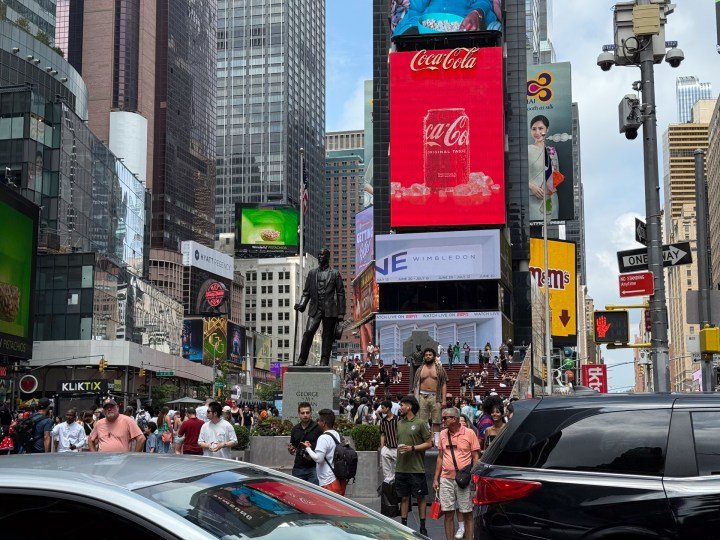
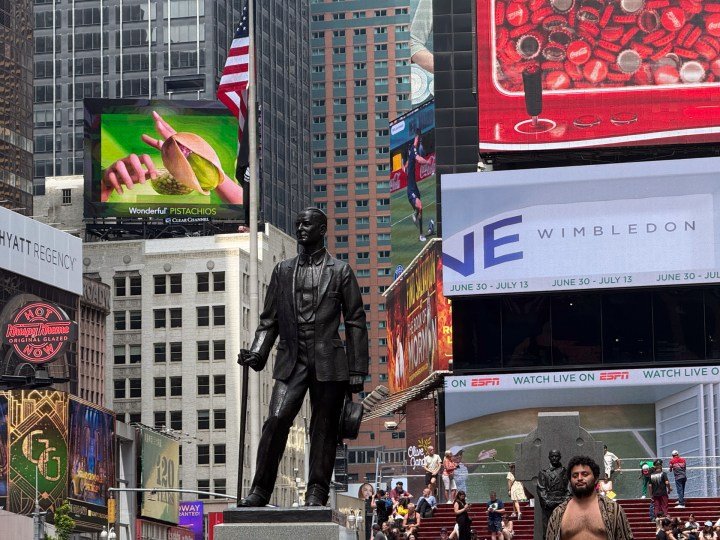

The final test brings us back to all three phones, focusing on the detail and bokeh captured when zooming in on a statue in Times Square. All four phones perform admirably well, even at the 10x mark.
There is a noticeable difference in the shade of the stone in photos captured on all three phones, with the iPhone 16 Pro the darkest, and the Galaxy Z Fold 7 slightly blown out. At 10x, the Galaxy Z Fold 7 is slightly blurry due to motion blur, while the iPhone 16 Pro captures a great photo, and the Galaxy S25 Ultra reigns supreme.
Galaxy Z Fold 7 vs S25 Ultra vs iPhone 16 Pro: The Verdict
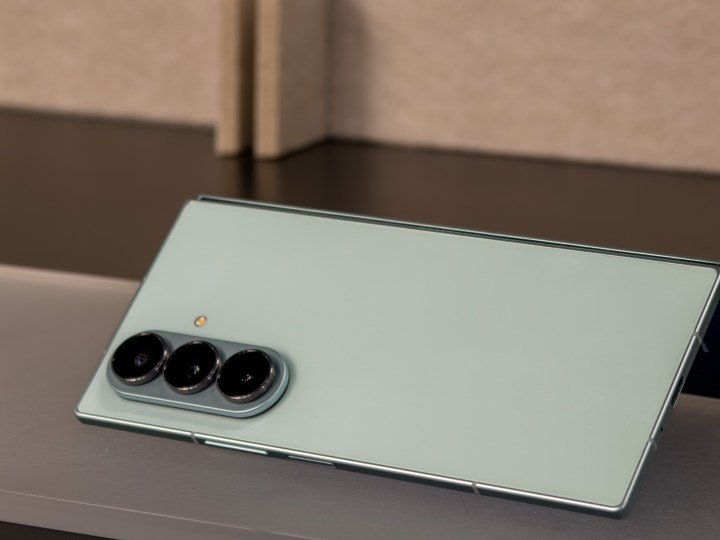
This camera test has confirmed my initial suspicions that the Galaxy Z Fold 7 camera is as good as the S25 Ultra, at least until you need to zoom beyond a 3x zoom focal length. Here’s where the Galaxy Z Fold 7 struggles, and the Galaxy S25 Ultra’s second telephoto lens with a higher resolution ensures the Galaxy S25 Ultra can capture great photos at much longer focal distances.
That said, this comparison has shown me that the Galaxy Z Fold 7’s camera is better than I even expected. Yes, the Galaxy S25 Ultra has a better zoom, but otherwise, the Galaxy Z Fold 7 essentially has the same camera and a large secondary screen.
Although some people may still be disappointed that the Zoom performance isn’t better, overall, the camera is good enough to compete with many of the best phones in the most common real-world use cases. Coupled with the incredible design, hinge, and display improvements, this is an upgrade worth considering, even if you have last year’s Galaxy Z Fold 6. It’s the folding phone that many of us have been waiting for.













